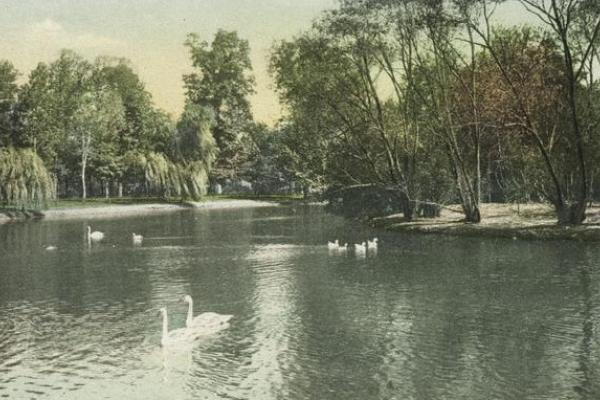Advanced Search
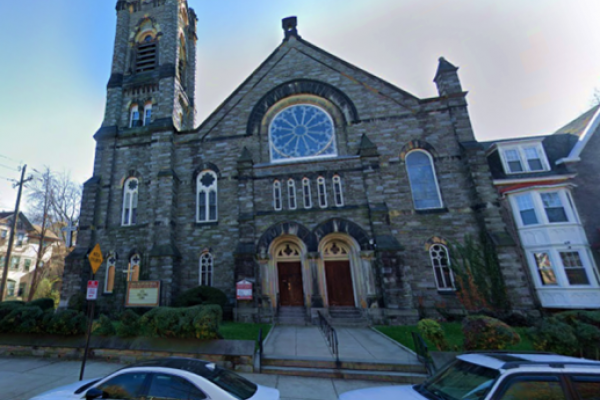
Billy Yalowitz, the play’s director, writes, “In April 1998, a forty-person cast comprising Penn students, UCHS students and teachers, and Black Bottom community members performed Black Bottom Sketches at the local Metropolitan Baptist Church, which many Black Bottomers remembered as the site of teenage dances and socials.” The church is located at 3500 Baring St., in the West Powelton neighborhood.
Monumental Baptist Church was founded as the African Baptist Church of Blockley Township in 1826. Since 1884, the building in this photo has been the church’s home, at 4948 Locust St.; it was renamed as Monumental Baptist Church in the year of its opening.
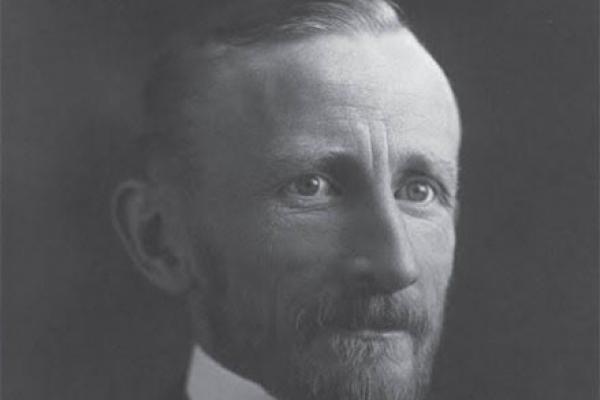
At the turn of the twentieth century, Frederick L. Hoffman was the chief statistician for the Prudential Insurance Company. Hoffman fervently believed in the truth of statistics, that they were unalloyed, objective, value-free measures of the phenomena they measured. While he marshaled statistical data from the 1890 Census and other data sources that showed high rates of tuberculosis, alcoholism, and prostitution and other markers of criminal behavior for African Americans, he wrongly attributed these behaviors to Black biological and moral inferiority. Hoffman was a racist. Unfortunately, his ideologically misshapen interpretation, which ignored the social conditions (and social abandonment) African Americans were subjected to, swayed at least a generation of policy makers, foundations, and social workers to deny essential social and health services to densely packed, Black-segregated urban ghettos.

This photo shows a reconstruction of a Lenape wigwam. Such a dome-shaped house would have sheltered a small family or an individual. Small-size wigwams were characteristic of Lenape encampments in the Philadelphia
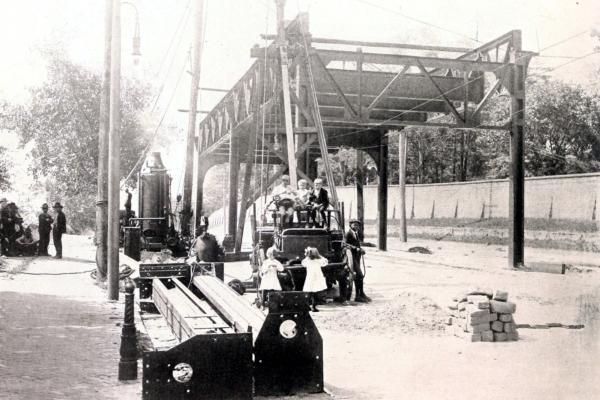
Children pose next to construction equipment near the first constructed section of the Market Elevated.
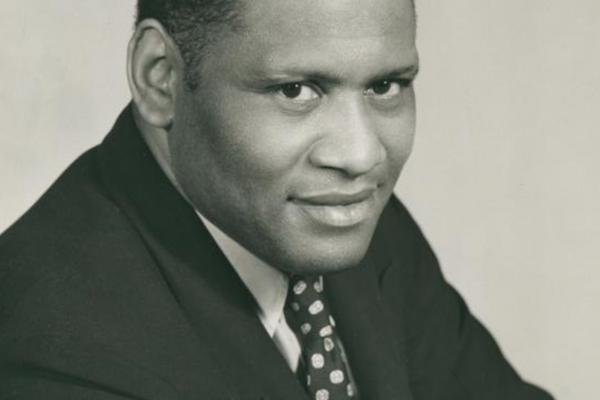
One of many images of Paul Robeson in the New York Public Library Digital Collections, a trove for researchers of the New York Theater.
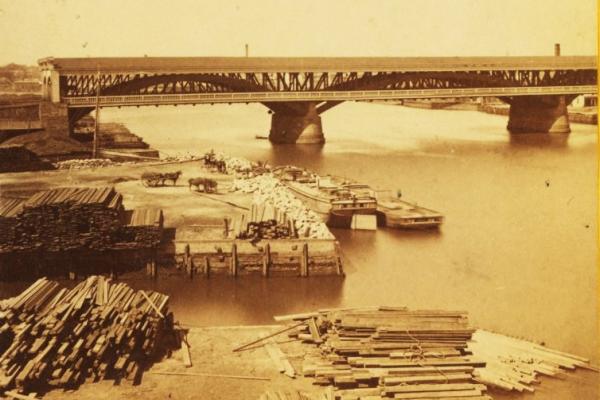
This stereoscopic image of the Market Street Permanent Bridge likely dates between 1856 and 1875.
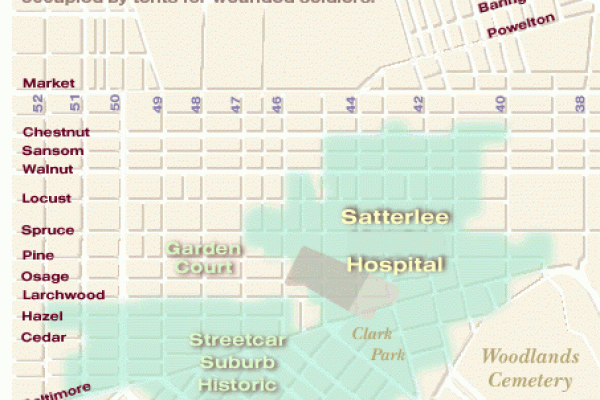
This image superimposes the location of the Civil War Satterlee General Hospital on a present-day street map.
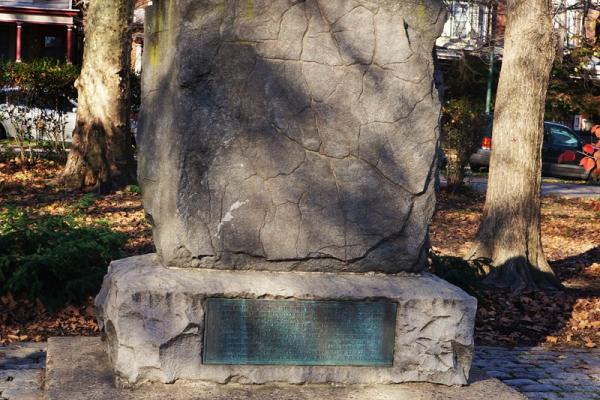
Inscription: “This stone from the battlefield of Gettysburg is placed by citizens of the neighborhood in the year 1915 to mark the nearby site of the West Philadelphia General Hospital of the United States Army— later designated the Satterlee General Hospital in honor of Brigadier-General Richard Smith Satterlee, U.S.A. A noted surgeon— and also to commemorate the services of the patriotic men and women who as volunteer physicians, nurses and co-workers under General Isaac I. Hayes, Surgeon in Chief, here ministered from June 9, 1862 to August 3, 1865 to more than twenty thousand sick and wounded soldiers of the Civil War.
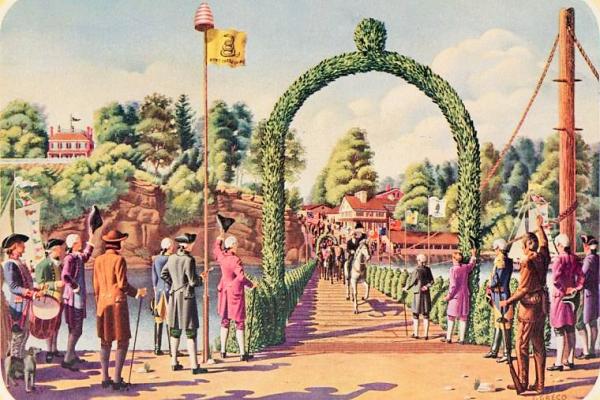
On the journey to his inauguration in New York City as the first American president, George Washington crossed the Schuylkill River at Gray’s Ferry, 20 April 1789, and entered the City of Philadelphia.
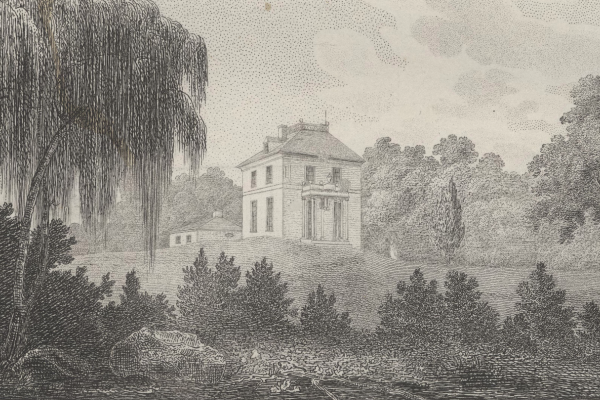
One of the late 18th century country houses on the west bank of the Schuylkill River was John Penn’s “Solitude.” It was meant to be a quiet place and so it was for a number of years. Today it stands in the center of the Philadelphia Zoo, where it serves as administrative headquarters.
